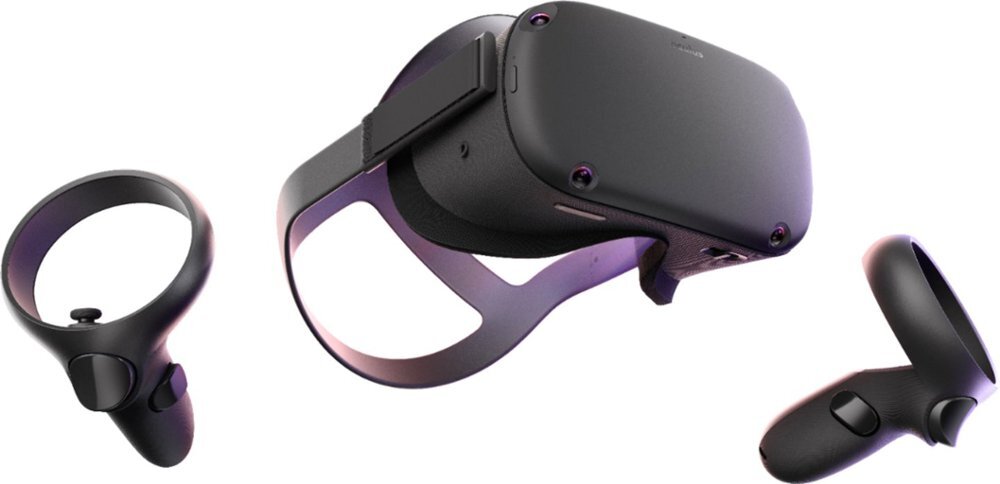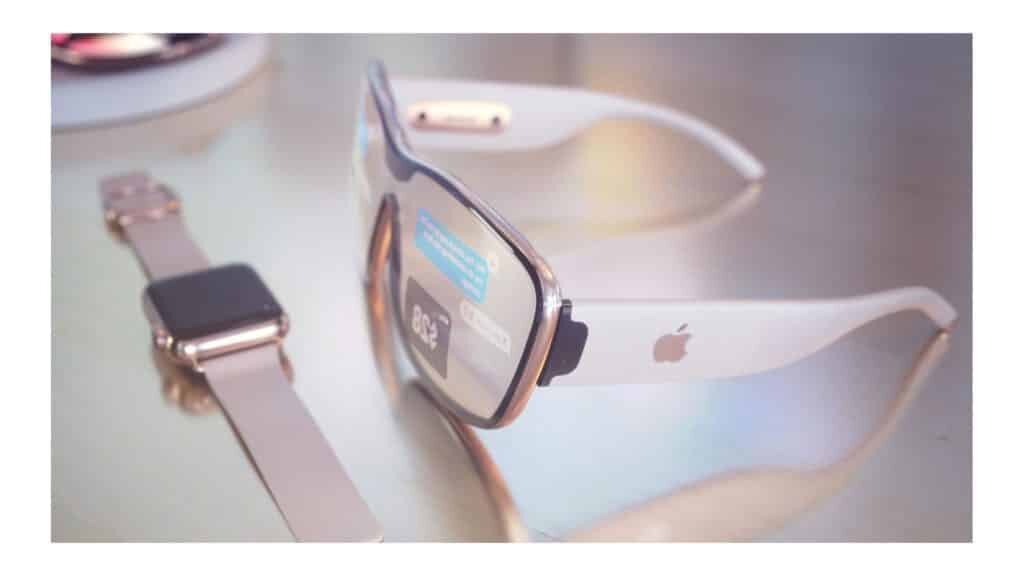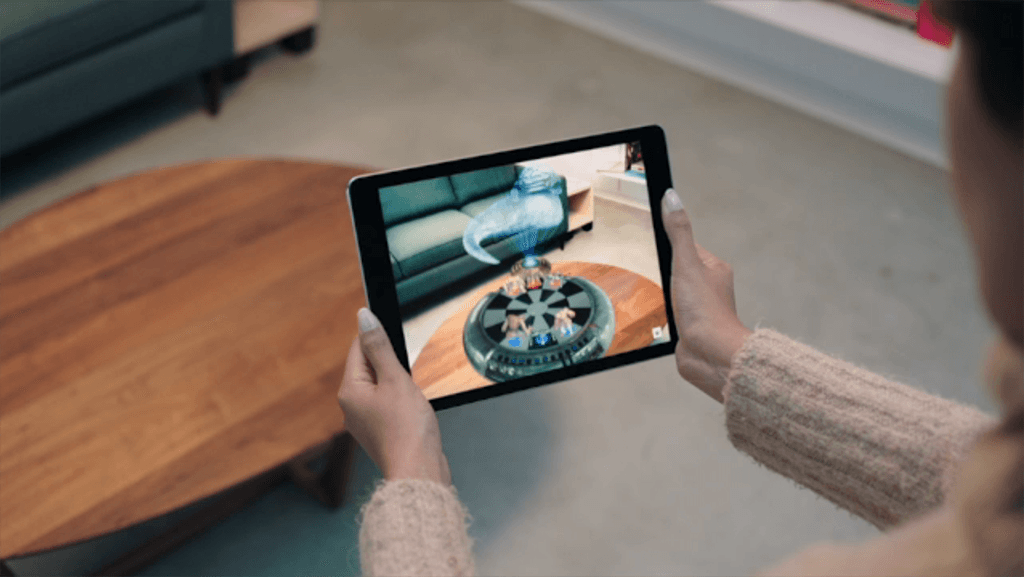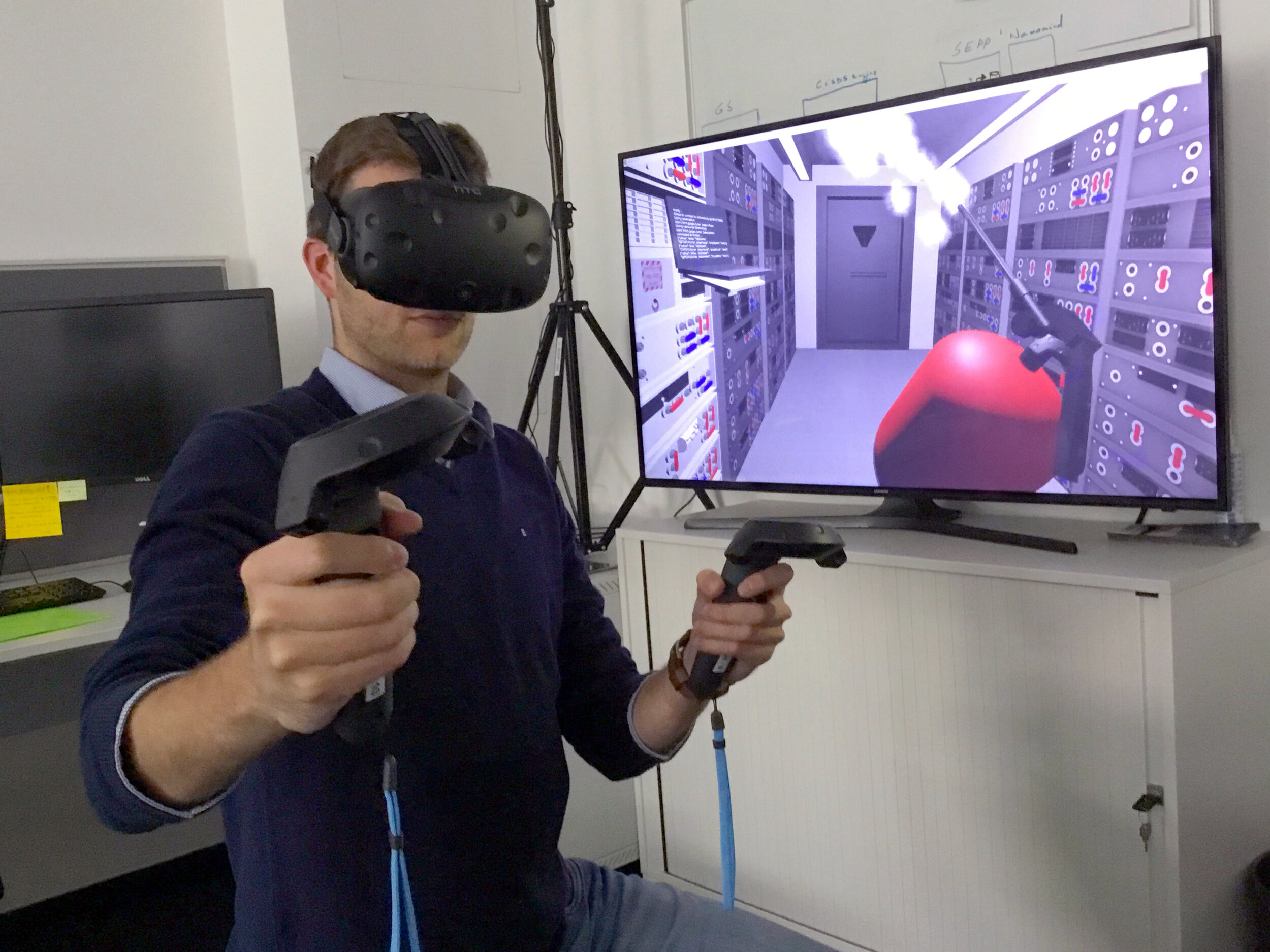Making Sense of the Apple AR Glasses Rumors
Originally Posted: November 12th, 2019
Making Sense of the Apple AR Glasses Rumors
Yesterday, The Information claimed to have knowledge of an internal Apple meeting where executives told over a thousand employees their roadmap for AR products.
According to the report, Apple plans to release an augmented reality headset in 2022. The headset will resemble a lighter version of Facebook's Oculus Quest. It will feature a high-resolution display and 3D sensing cameras, allowing 3D scanning and “advanced human detection.” It will be able to map the surfaces, edges, and dimensions of rooms. This will allow users to see other people standing in front of and behind virtual objects, letting them to interact with a virtual world.
The other rumored product is a pair of AR glasses, due out in 2023. Prototypes are said to resemble sunglasses with thick frames that house the battery and processors. Less is known about the glasses, other than they are scheduled to come out after the headset. More background on Apple’s AR project can be found here.




This rumor is unusual for a few reasons, mainly that Apple takes secrecy very seriously. Would they really share their plans with such a big group? The culture at Apple has always been secretive. Apple’s normal style is to have small teams and lock down everything on a need-to-know basis. The size of the original iPhone team was measured in dozens.
Big if True
If this report is true though, it’s unprecedented. Either Apple has never let this many people in on future product plans, or they managed to keep these kind of briefings secret in the past. Maybe this 1,000 person meeting is a sign of the scope of their AR goals, or maybe the old ways weren’t getting them the results they wanted.
People have been trying to read Tim Cook’s tea leaves for years, especially when it comes to AR. Since ARKit came out in 2017, seemingly every Apple keynote since has managed to sneak in an AR demo. Apple is clearly excited about the future of AR, but it’s not clear why. They haven’t shown us what the killer app is. Maybe they haven’t found it yet.
Apple seems to be putting a lot of effort into the software, while relying on iPhones and iPads for the hardware. Holding up a frame into a virtual world is a lot less compelling than having it in front of your eyes. AR apps are fun tech demos on a phone, but they need the right hardware to become more than that. AR focused hardware has been rumored for years. At this point it seems more a matter of when, not if.
The AR Present
For now, iPads and iPhones are Apple’s AR devices, and they plan on improving those too. Bloomberg's Mark Gurman shared additional information on the company's AR roadmap initially focusing on the iPad and iPhone before the headset or glasses debut. Gurman says Apple is working on a range of augmented and virtual-reality devices based around a new 3D sensor system, which will arrive first on a new iPad Pro slated for release in the first half of next year.
A new iPad Pro for release as early as the first half of 2020 will feature a new module with two camera sensors and a small hole for the 3D system, letting people create three-dimensional reconstructions of rooms, objects and people. Apple plans to add the sensor to new high-end iPhones later in 2020.
The 3D sensor system to be used in the upcoming is said to be a more advanced version of the current Face ID sensor, and Apple's engineering teams are working on creating linkages to the new "rOS" operating system for these headsets
Apple is said to be targeting 2021 or 2022 for the release of a combination VR and AR headset focused on "gaming, watching video and virtual meetings."
Even though it’s a rumor, and I’m taking all this with a grain of salt, it makes sense. Apple has been plotting their AR future for years. They have steadily added software and hardware to their existing products to get ready for it. The iPhone and the iPad have the sensors, cameras and displays necessary to get started on the core of the experience and software. While we’re waiting for the technology to catch up with the hardware needed, that’s all we have.
The AR Future
I imagine these new AR devices starting off as niche accessories to the iPhone, following the same trajectory as the Apple Watch. The first models will be relatively slow and limited, features will be all over the place and no one will know what it will be used for. It will improve over time, growing into an independent device and a category of it’s own. By then, maybe we’ll be looking back at 2019-style smartphones and tablets and see them as old fashioned. Maybe not, and this will just be Google Glass 2.0. It’s impossible to know right now.
What I am sure of though, is that no company is in a better position to make compelling AR glasses. Apple already makes small wearable computers in the form of AirPods and the Watch. A lot of the engineering chops needed to make those products also will apply to the glasses. Apple has the fastest and most power efficient mobile CPUs in the world. They have arguably the best phone cameras and software with the release of the iPhone 11 Pro. They have experience combining these things into great products, and defining new categories with them. Most importantly, they have the customers waiting, ready to buy whatever ends up being announced.
For now, we have the just keep waiting.
